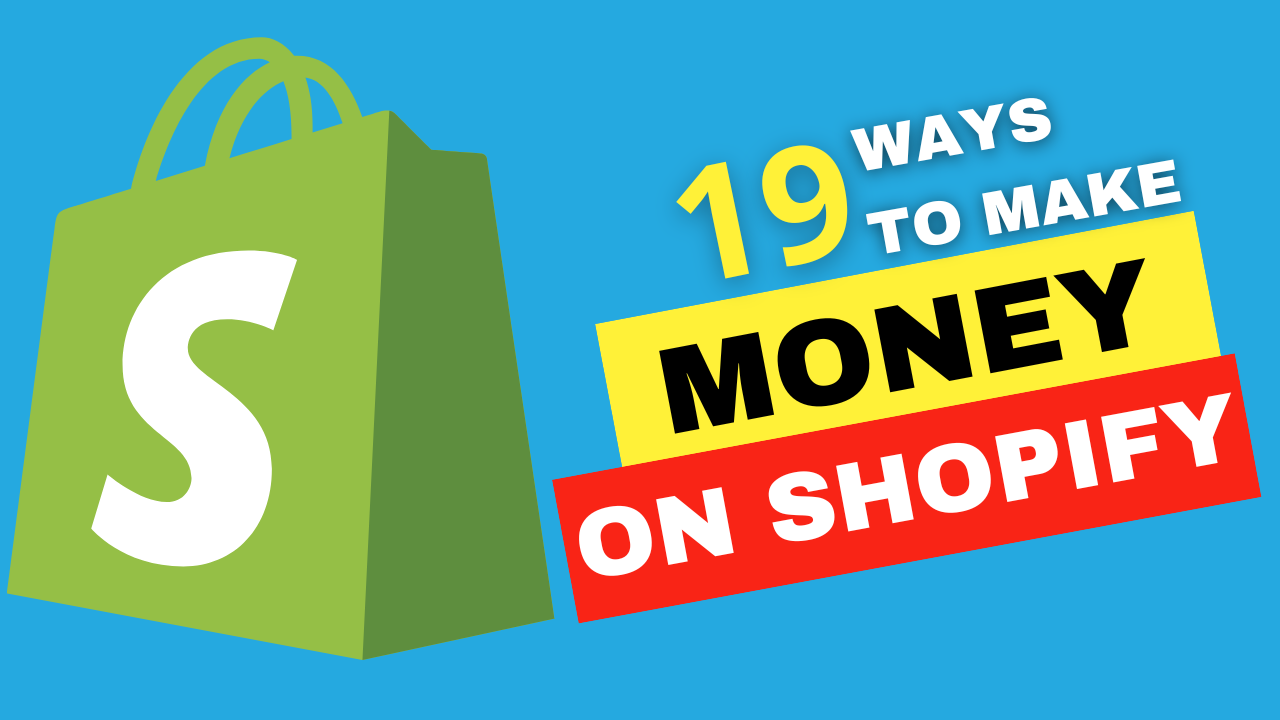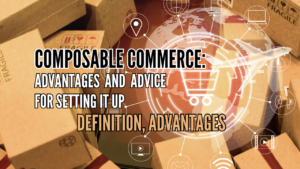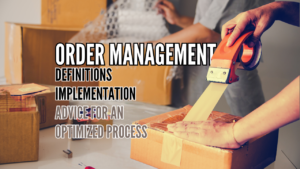
Shopify, a popular e-commerce platform, has empowered countless individuals and businesses to establish and grow their online stores. To generate substantial revenue on Shopify, it’s essential to adopt a strategic approach that combines effective marketing techniques, exceptional customer service, and a well-curated product selection.
Incorporate digital marketing strategies to make money on Shopify
Effective marketing is essential for driving traffic to your Shopify store and converting visitors into customers. Utilize a combination of digital marketing strategies, including:
- Search Engine Optimization (SEO): Optimize your product pages and website content to improve your search engine ranking.
- Social Media Marketing: Leverage popular social media platforms to engage with your target audience, promote your products, and drive traffic to your store.
- Content Marketing: Create valuable and informative content, such as blog posts or videos, to attract and educate your target audience.
- Email Marketing: Build an email list and send targeted campaigns to nurture leads and promote your products.
- Paid Advertising: Consider using paid advertising platforms like Google Ads and social media advertising to reach a wider audience.
Strategies for Maximizing Revenue on a Shopify Platform
Shopifyoffers a robust platform for creating and managing online stores. To maximize revenue, consider implementing these strategies:
1. Niche Specialization and Target Audience Identification
To effectively generate revenue on Shopify, it’s crucial to identify and target a specific niche market. Conduct thorough market research to pinpoint profitable niches and assess their competition. Develop detailed customer personas to understand your ideal customers’ needs, preferences, and behaviors. This information will help you tailor your marketing efforts and product offerings to resonate with your target audience.
2. Dropshipping Model and Supplier Partnerships
Consider the dropshipping model to minimize upfront costs and inventory management. Partner with reliable suppliers who handle inventory and shipping, allowing you to focus on marketing and customer acquisition. Carefully select suppliers with a proven track record and competitive pricing to ensure product quality and timely delivery.
3. Content Marketing and SEO Optimization
Create high-quality content, such as blog posts, articles, videos, and social media posts, to attract and engage your target audience. Optimize your website content for search engines using relevant keywords and best practices for on-page SEO. This will improve your search engine ranking and drive organic traffic to your store.
4. Brand Identity and Customer Experience
Develop a consistent brand identity that reflects your values and resonates with your target audience. Create a positive customer experience by providing excellent customer service, responsive communication, and a user-friendly website. Consider using customer journey mapping to identify opportunities for improvement and enhance customer satisfaction.
5. Social Media Marketing and Engagement
Utilize social media platforms to connect with your target audience, promote your products, and build brand awareness. Engage with your followers by responding to comments, participating in discussions, and sharing valuable content. Leverage social media analytics to track your performance and optimize your strategy.
6. Email Marketing and Lead Nurturing
Build an email list and send targeted campaigns to nurture leads and drive sales. Segment your email list based on customer preferences and behavior to deliver personalized messages. Use email marketing automation tools to send automated emails at the right time, such as welcome messages or abandoned cart reminders.
7. Product Bundling and Subscriptions
Consider offering bundled products or subscription-based services to increase average order value. Create bundles that offer additional value to customers at a discounted price. Subscription models can provide a recurring revenue stream and foster customer loyalty.
8. User-Generated Content Leverage
Encourage customers to share their experiences and photos on social media. Host contests or giveaways to incentivize UGC and generate excitement around your brand. Display customer reviews and testimonials on your website to build trust and credibility.
9. Influencer Partnerships and Collaborations
Partner with influencers in your niche to reach a wider audience and enhance brand credibility. Collaborate on sponsored content, product giveaways, or social media takeovers.
10. Free Shipping Incentives and Checkout Optimization
Offer free shipping to incentivize purchases and reduce cart abandonment. Streamline the checkout process to minimize friction and increase conversions. Consider using one-click checkout options or saving customer information to make the purchasing process as easy as possible.
11. Customer Loyalty Programs and Rewards
Implement a customer loyalty program to reward repeat customers and encourage repeat purchases. Offer points, discounts, or exclusive benefits to loyal customers.
12. Shopify App Utilization and Customization
Explore the Shopify app store for tools that can enhance your store’s functionality and improve your business operations. Customize your store’s design and layout to match your brand identity and provide a seamless shopping experience.
13. Limited-Time Promotions and Urgency Creation
Create a sense of urgency with limited-time promotions, flash sales, or countdown timers. These tactics can encourage customers to make immediate purchases and increase sales.
14. Global Market Expansion and International Shipping
Consider expanding your business to international markets if there is demand for your products. Research potential markets and set up international shipping options. Consider using a fulfillment service to handle international shipping and customs clearance.
15. Personalized Product Recommendations
Use data analytics to track customer behavior and preferences. Implement recommendation algorithms to suggest products based on customer history and purchase patterns. This can enhance the customer experience and increase sales.
16. Mobile Optimization and Responsive Design
Ensure your website is optimized for mobile devices to provide a seamless shopping experience for customers on the go. Use a responsive design framework to adapt your website to different screen sizes and devices.
17. Multi-Channel Sales and Online Marketplaces
Consider selling your products on additional platforms like Amazon or Etsy to reach a broader audience. Integrate your Shopify store with other sales channels to manage inventory and orders efficiently.
18. Gift Cards and Gift Wrapping
Offer gift cards to make it easy for customers to give gifts to their loved ones. Provide gift wrapping options to enhance the customer experience and make it easier for customers to purchase gifts.
19. Continuous Performance Analysis and Improvement
Track key performance indicators (KPIs) to monitor your store’s performance and identify areas for improvement. Use data-driven decision making to optimize your marketing strategies, product offerings, and customer experience. Continuously experiment and test different approaches to find what works best for your business.
Conclusion:
In conclusion, maximizing revenue on a Shopify store requires a comprehensive approach that encompasses product selection, marketing and promotion, customer experience, store design, pricing, and analytics. By carefully considering these factors and implementing effective strategies, you can increase your chances of achieving success and building a thriving online business.





